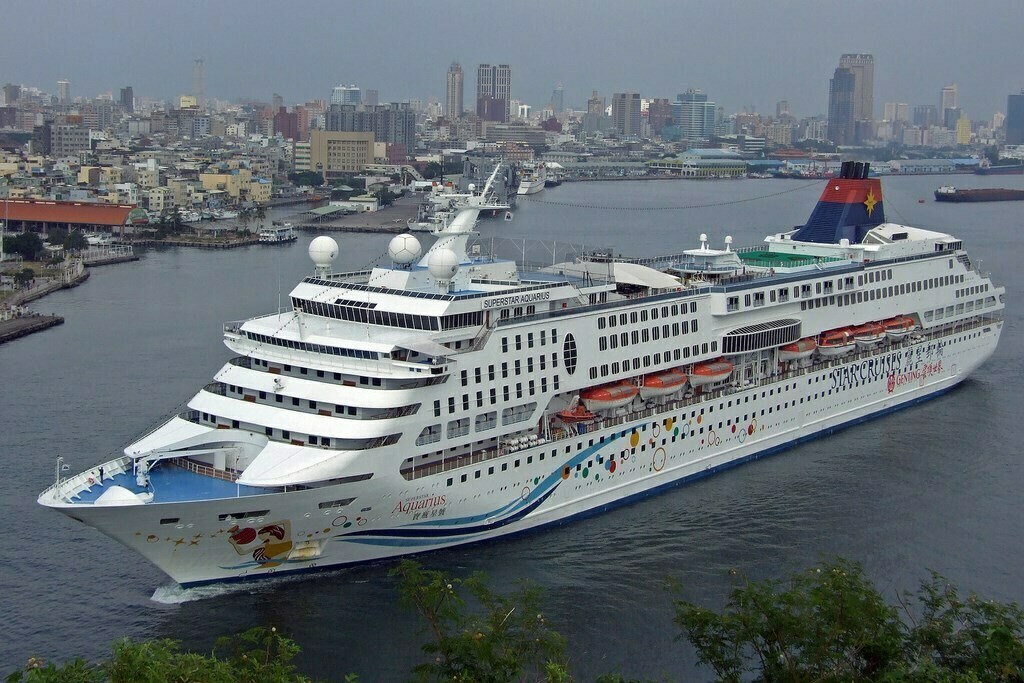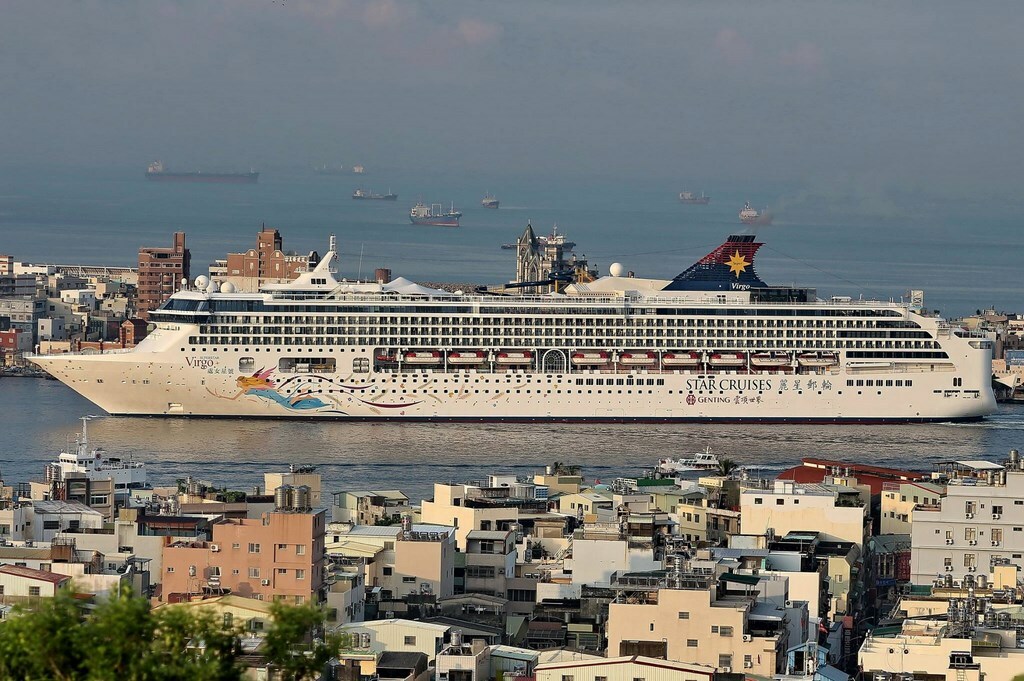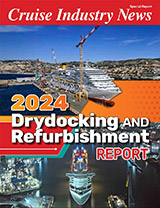When the SuperStar Virgo moves to Shanghai in July, it will be to sail roundtrip eight-day cruises to Japan. Star Cruises will also introduce interporting in Tokyo (Yokohama) and Osaka, with fly-cruise programs sailing open-jaw.
“With SuperStar Virgo’s triple homeport deployment in China and Japan, we hope to further grow and expand our source market and footprint, as well as strengthen the Star Cruises’ brand presence in these countries,” Moo Lim Ang, president, told Cruise Industry News.
The average cruise length for ships sailing from mainland Chinese ports is just under five days.
2017 Asia Deployment
Before the deployment move to Shanghai, however, the SuperStar Virgo, which is said to be the fastest ship in the Asia market, will spend most of March, April and May with a triple homeport program between Hong Kong, Manila and Kaohsiung, sailing six-day cruises.
“The triple homeport will also allow travelers the flexibility to embark and disembark in Kaohsiung, Hong Kong or Manila,” Ang said. “With the Philippines, we are also excited to highlight Manila as part of the strategic homeport itinerary and be the first international cruise company to homeport in Manila.”
Ang said the potential source market in the Philippines was untapped, and the company was bullish on developing it as a key cruise hub.
For June the SuperStar Virgo will move to a duel homeport deployment in Taiwan, turning around in Kaohsiung and Keelung.

That will push capacity up in the Taiwan market, where the SuperStar Aquarius is a year-round ship.
“Most importantly it creates new options for travelers to choose from, while strengthening our presence in these markets and further stimulating the growth of the cruise tourism industry across all three homeports,” he noted.
For the rest of the fleet, Star Pisces will continue to serve the Hong Kong one-night market and the SuperStar Gemini will continue her program from Singapore targeting the fly-cruise market in Southeast Asia.
Finally, the SuperStar Libra remains based in Penang year-round.
Changes
Ang said the Asia source markets were evolving.
“We have taken various steps and initiatives to seize new opportunities, create new milestones and introduce a series of ‘firsts’ for Star Cruises and the cruise industry as a whole,” he said.
An example was last winter, when the SuperStar Virgo kicked off a Pearl River Delta strategy in China, and was also the first ship to sail from the new Shenzhen cruise homeport facility.
Now attention has turned to source markets in the Philippines, as well as more varied deployment options from Shanghai.
Another key growth metric for Ang will be building up fly-cruises packages for Chinese passengers.
“We will continue to actively promote fly-cruise packages for the China market, providing exciting and new options for Chinese travelers to cruise from many of our year-round homeports across the region,” Ang noted.
Port Congestion
With an influx of capacity moving into the Chinese market, Ang said homeports were improving and keeping up with supply growth.
“It remains crucial for these strategically located ports to continue to upgrade,” Ang said, noting he still expected congestion at key ports in the near future.

Over the years, Star and Genting have supported and helped inaugurate ports all over Asia, including Sanya, Haikou, Shanghai, Xiamen, Guangzhou and Shenhzen, as well as the neighboring homeports in Hong Kong and Taipei. “In 2016, we formed strategic alliances to develop the ports in Nansha (Guangzhou) and Tai Zi Bay, Shekou, (Shenzhen) into international cruise homeports with the goal of accelerating the growth of the cruise industry in China,” Ang said.
The traffic the homeports are seeing in Asia is then extending out, putting pressure on transit ports (ports of call).
“There is still a need for many of these transit ports to improve on their services and facilities to support the growing cruise industry in the region,” Ang said. “Also, we hope to support and see more ports in China progress and move up the value chain as homeports, which will further boost the industry and the port cities. Besides that, with China’s long coastal line, it’s important to explore and develop new ports.”
Planning
What goes into itinerary planning for Star Cruises?
First, said Ang, is balancing all of Genting Hong Kong’s brands (Star Cruises, Dream Cruises and Crystal Cruises), which complement one another by targeting different source markets and market segments.
“For Star Cruises, future deployments will still be centered on our key homeports in Asia as many of our homeports are underpinned by strong fundamentals, including a growing economy, an expanding middle class, an increase in outbound travel, especially intra-travel across the region – all vital to the growth of the cruise tourism sector. In addition, available capacity of our ships will always be a factor in our deployment strategies,” he explained.





